Last month, I wrote an article about getting back into shooting film. While I have enjoyed the process of shooting film on my 35mm cameras, the output isn’t quite up to my quality standards given what I’ve been used to with digital. As such, I thought more and more about picking up an old, affordable medium format system.
I first thought about getting a 6×6 TLR, such as the Rolleiflex, Mamiya C220 or C330 or the like. However, the more I thought about it, I wanted more of a system camera if I was going to go down this route. The 6×7 cameras have amazing image quality due to their giant negative, but after taking a peek at several in my local camera stores, they are just too big and unwieldy for me to really have much fun, and the ones that aren’t insanely large are exceedingly expensive (Mamiya 7, I’m looking at you.) So after looking around, I decided to go for a 645 format camera for its good balance of image quality, size and availability.
The 6×4.5cm negative isn’t quite as big a jump from 35mm as moving to a 6×7 or 6×9 format would be, but it’s still nearly triple the area of the 35mm negative. It’s worth noting that while ostensibly 60mm x 45mm, the actual exposed frame of 645 format is 56mm x41.5mm: resulting in a negative with approximately 2.7x the area of a 35mm film frame. As such, enlargements will show significantly smaller grain for a given size, have much more detail than 35mm film and better tonality since tonal transitions take place over more grains of film. Below is a shot of a 645 format negative next to a 35mm negative, so you can visualize the size difference.

After deciding on the 645 format, I looked around and picked up an original Mamiya M645 for an absolute steal with an 80mm f/2.8 lens, and fleshed it out with the Mamiya 35mm f/3.5 and 150mm f/3.5, giving me a very capable system with lenses that span from super wide to short telephoto. The conversion factor for diagonal angle of view between 645 and 35mm is approximately 0.62x, so these lenses have the same fields of view as 21.5mm, 50mm and 90mm lenses on 35mm or full-frame format. Because of the 3:4 aspect ratio, each lens will have a narrower horizontal field of view and larger vertical field of view than the ‘equivalent’ 35mm lenses.

The Mamiya M645 was the first 6×4.5cm format camera released by the company, back in 1975. It’s a fairly simple machine, but has a lot of nice little features. Lenses are manual focus, of course, but the camera has several interchangeable viewfinders, including metered prism finders, non metered prism finders and a waist-level finder. The M645 has shutter speeds from 8 seconds to 1/500s, plus a bulb setting for longer exposures, and the shutter is electronically controlled, though manually cocked when winding the film. The M645 also has mirror lock up, available depth of field preview, multiple exposure capability and two flash sync ports.
My M645 has the PD Prism finder, which does not include automatic shutter speed control like the AE prism finder, but does have a built-in light meter, which illuminates with LEDs on the right side of the finder to indicate metered exposure. In my experience, the meter is pretty accurate. I set my shooting aperture, meter the scene by pressing the white button on the side of the viewfinder, and then dial in my shutter speed with the dial on the right side of the finder.

Interestingly, the waist level finder is by far the most expensive on the used market, typically going for $150-200 (which is more than I paid for the entire camera) despite being essentially a folding box. The focus screens are also replaceable, and there are many to choose from. Mine came with the standard focus screen #1, but I didn’t like it much…I picked up a focus screen #5, which has a diagonal split prism and microprism collar, which I find much easier to focus with.
The M645 is a fairly hefty camera for its size, weighing in at around 1.6kg without a lens, though thankfully the lenses are fairly lightweight. While the weight can be felt, it isn’t too unwieldy or difficult to handle in the field, and is a full kilogram lighter than something like the RB67. The camera is a box style SLR camera, but a range of grips are available, including left handed grips and a right handed power winder adapter. Despite just being a box, I actually really like how the camera feels without any grips. There are two shutter buttons (one on the front bottom right and one on the top right side), and these are very accessible when holding the camera to my eye.

The film winding knob is on the right hand side, and it is extremely satisfying to wind to the next shot. Unlike a lot of medium format cameras, the M645 doesn’t have interchangeable film backs, though these can be had on the newer M645 Super or Pro if you like this system and want interchangeable backs. Given that you get 15 shots on a roll of 120 film, I don’t really feel the need for these.
I’ve run a few rolls of film through the M645, and the extra size of the negative makes an appreciable difference to image quality. Using low speed fine grain films, resolution approaches what you’d expect from mid-range DSLRs and mirrorless cameras, with notably smaller and finer grain for the image frame when compared to 35mm film. I’m seeing between 24 and 30 megapixels worth of detail out of my negatives…enough for quite large prints.
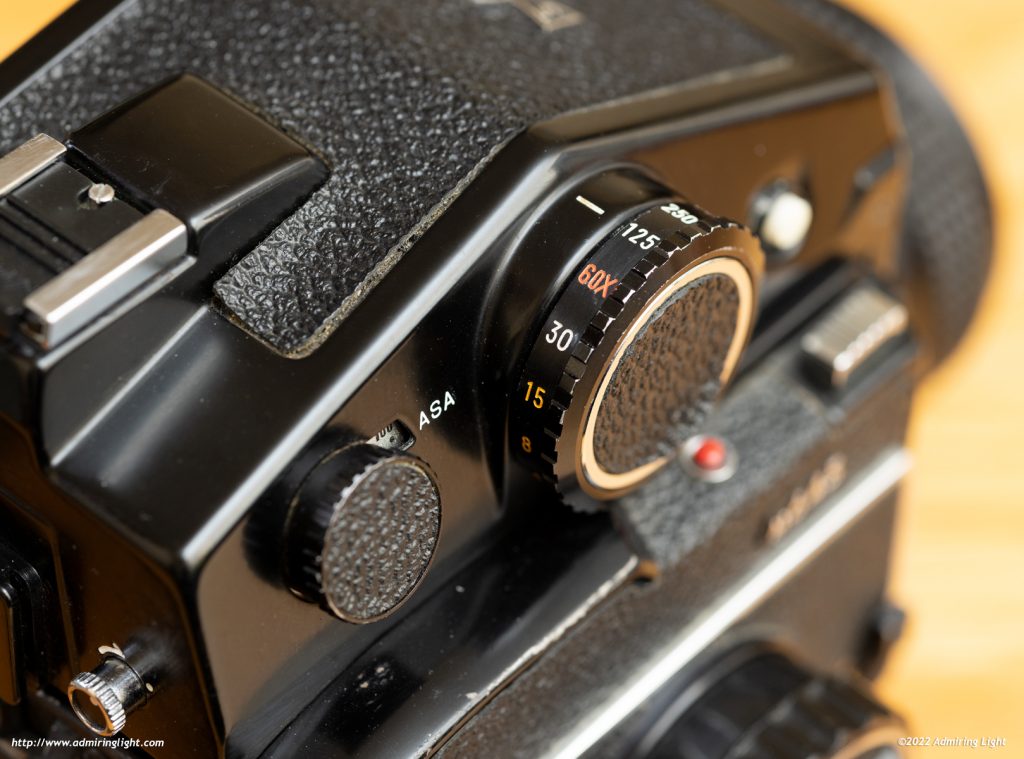
I picked up some C41 chemistry as well to develop color film at home, along side the black and white film I was already developing. C41 developing is still relatively easy to do but requires more precise temperature control, so there’s more attention to detail required. I’m continuing to scan the negatives with my R5 and Laowa 100mm Macro, though due to the larger negative, I need to use a scanning mask and light table and make sure to level everything. If carefully shot, the ‘scans’ result in 38 megapixel images, which cover well the general working resolution of the film.
For those times I want to shoot film, this is really where I like it. Great mechanical feel to the camera, good quality, and just a different feel and process from beginning to end compared to my insanely capable Canon R5. I’m not going to switch to film full time, but with this, I do see myself shooting a lot more film than I had ever thought I would again.
Some recent shots. All were developed at home by me except for those shot on Ektar 100 and Gold 200, which I shot before getting my C41 chemistry.

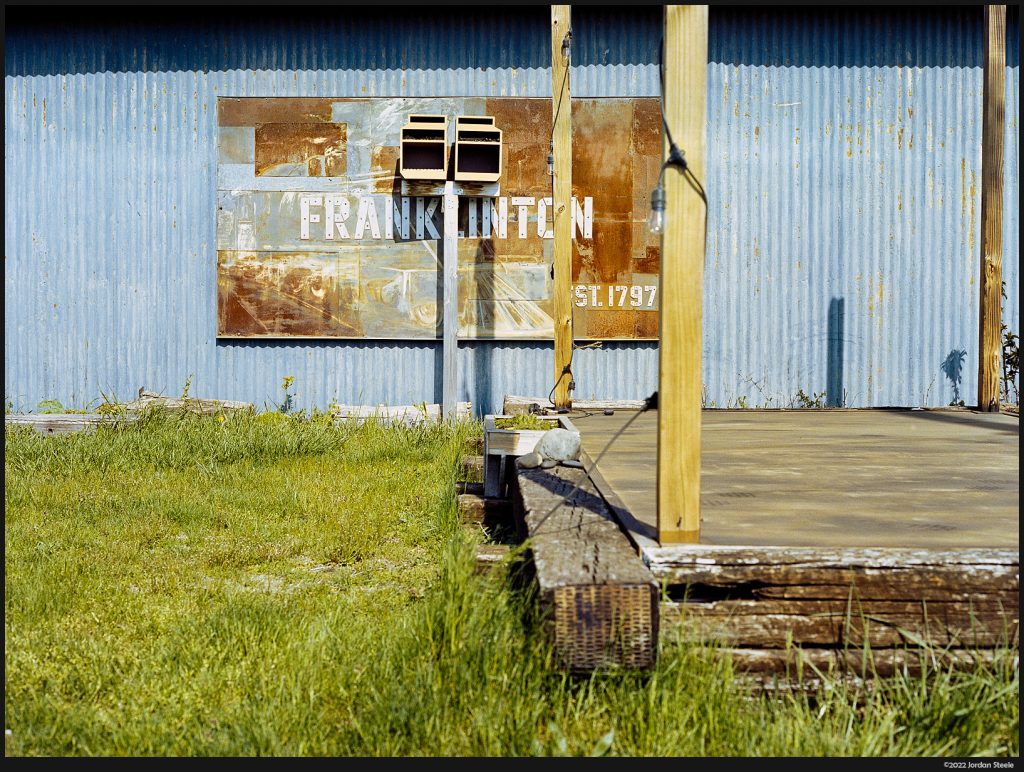
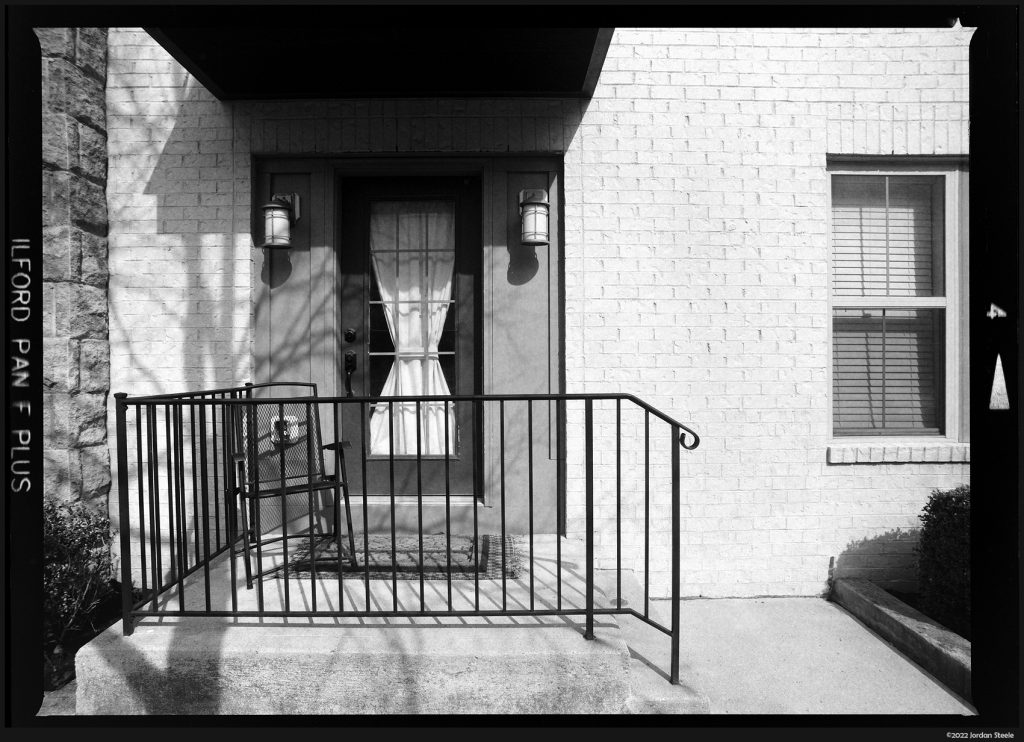
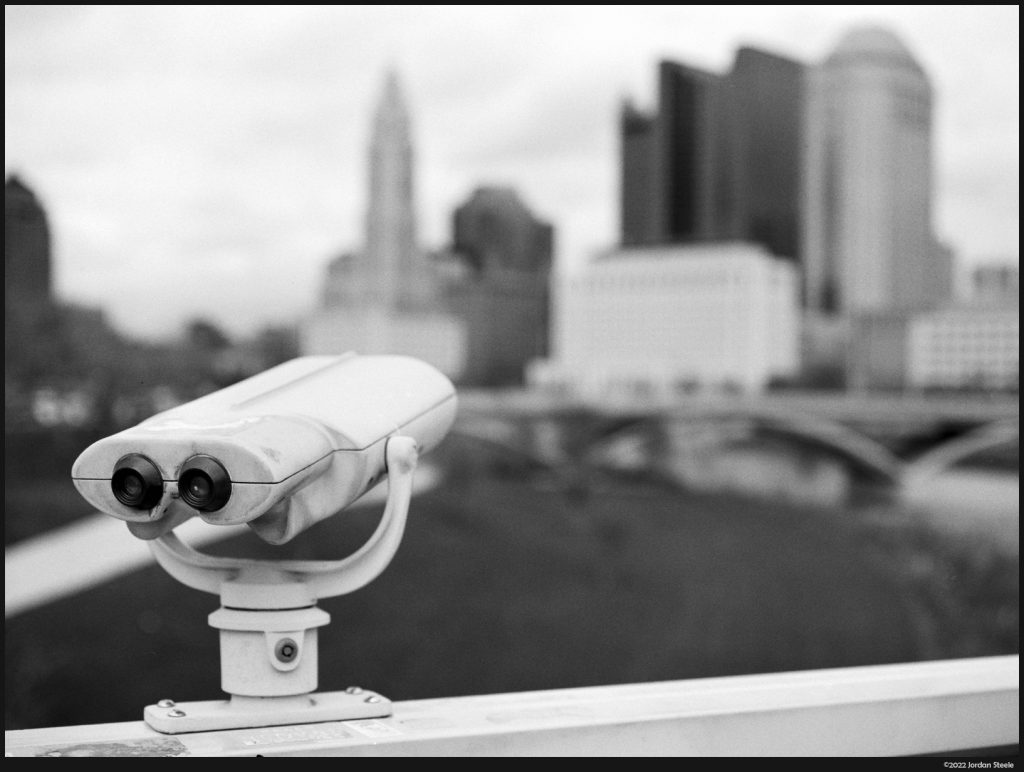
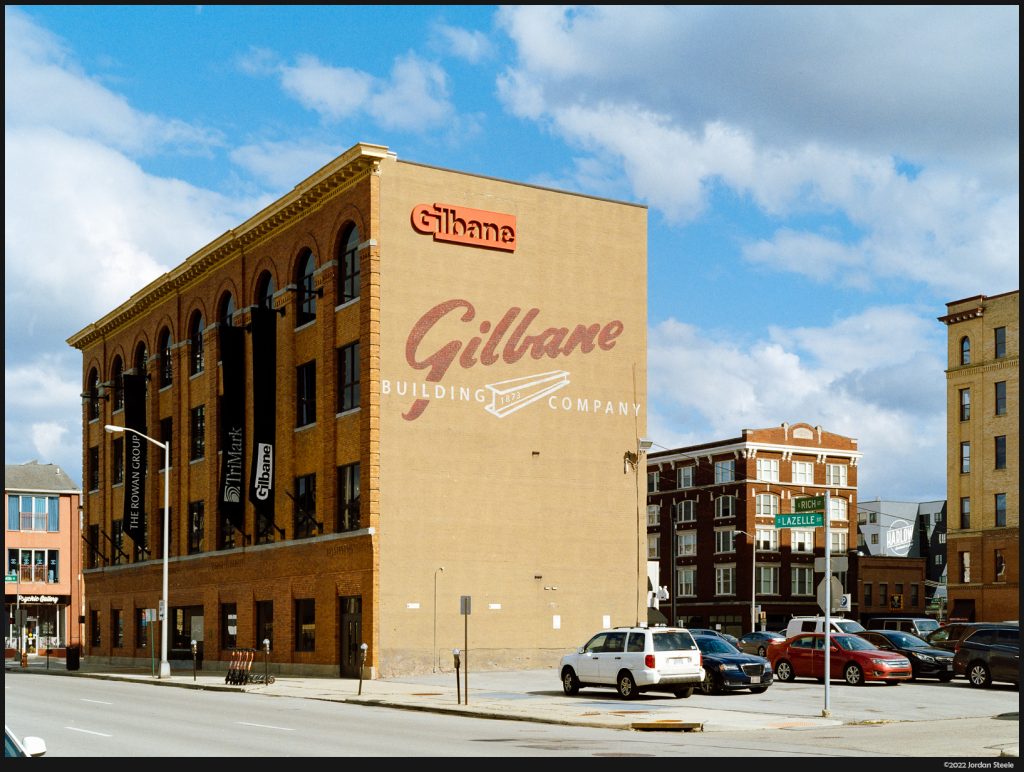
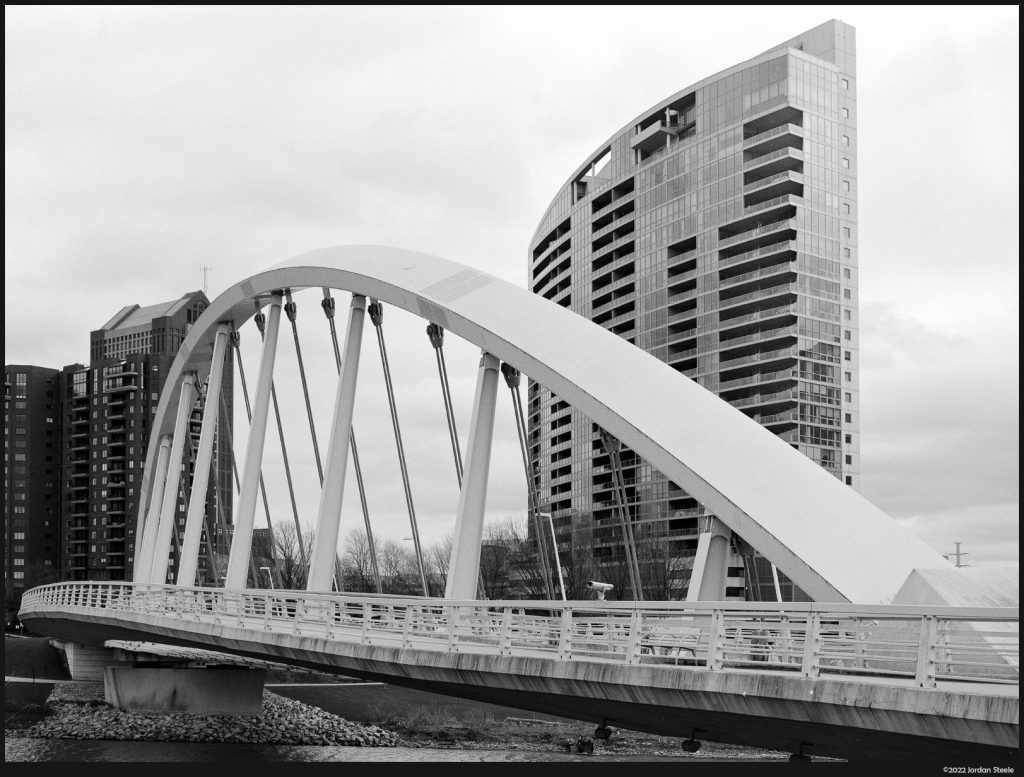
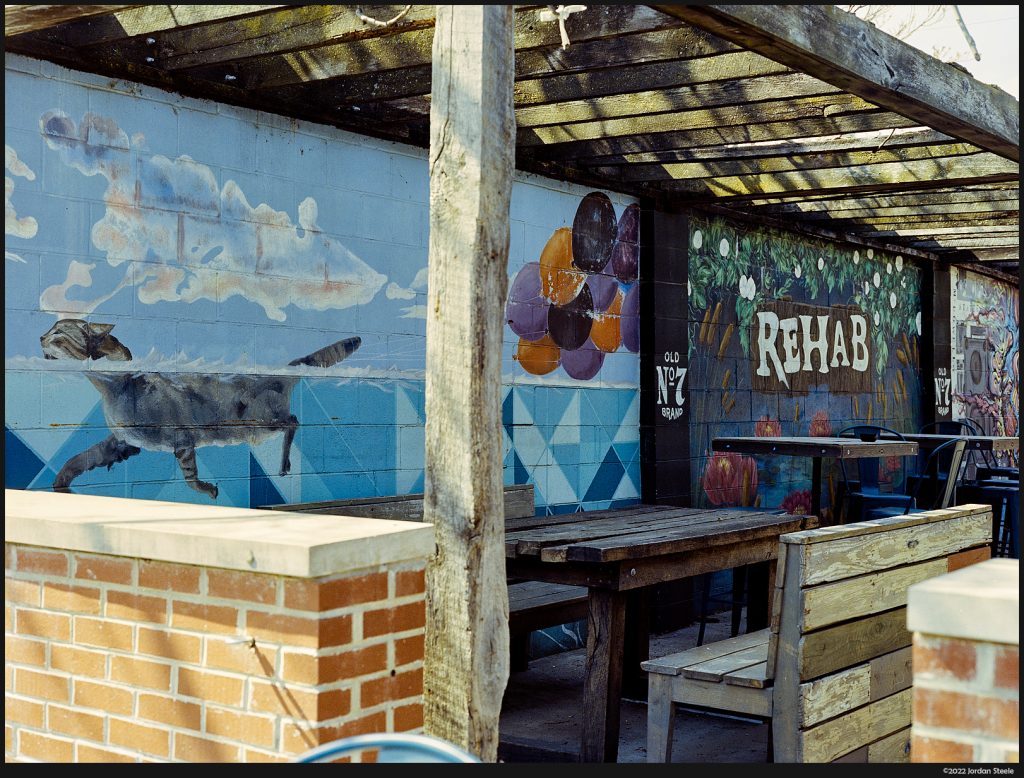
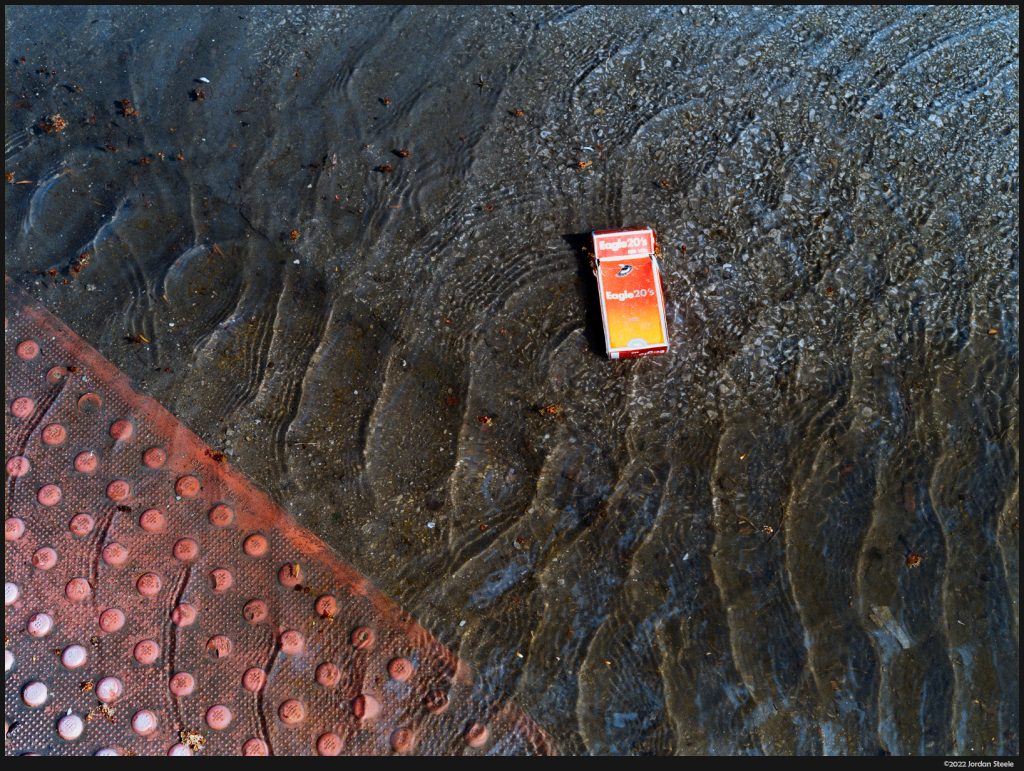
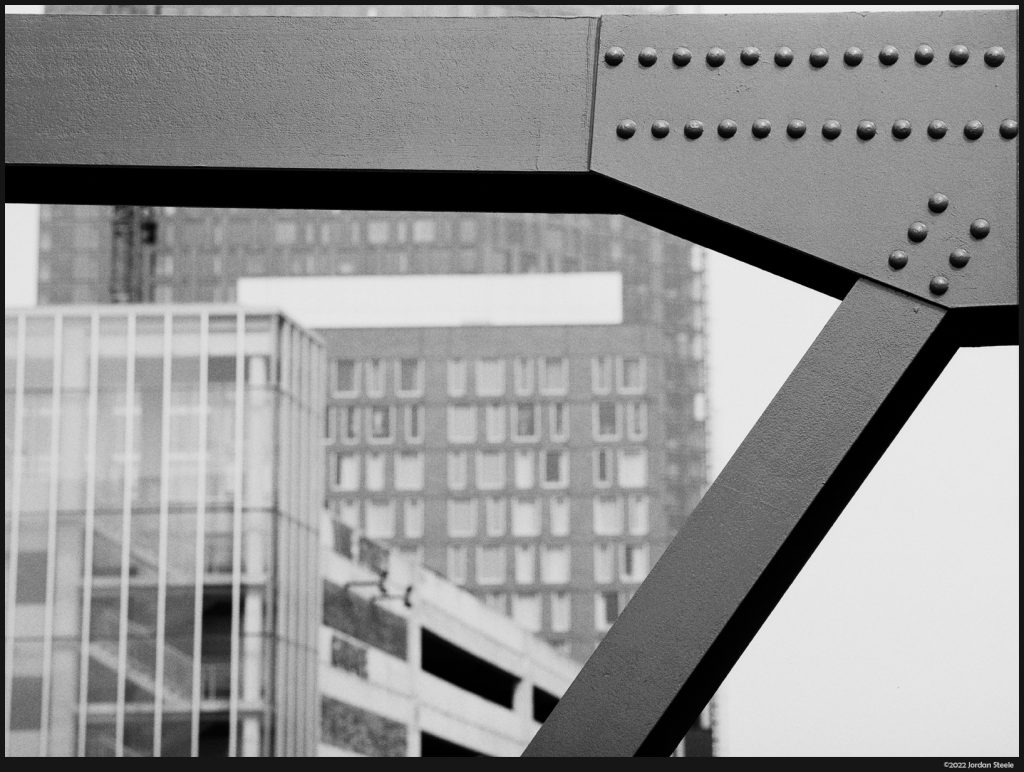
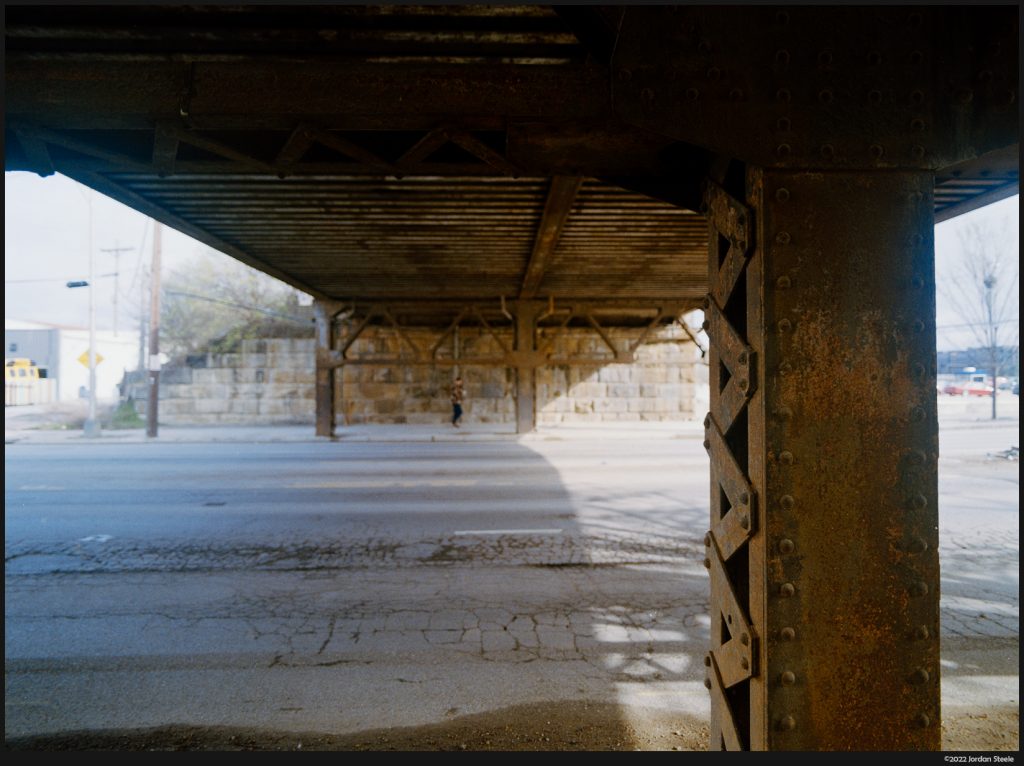

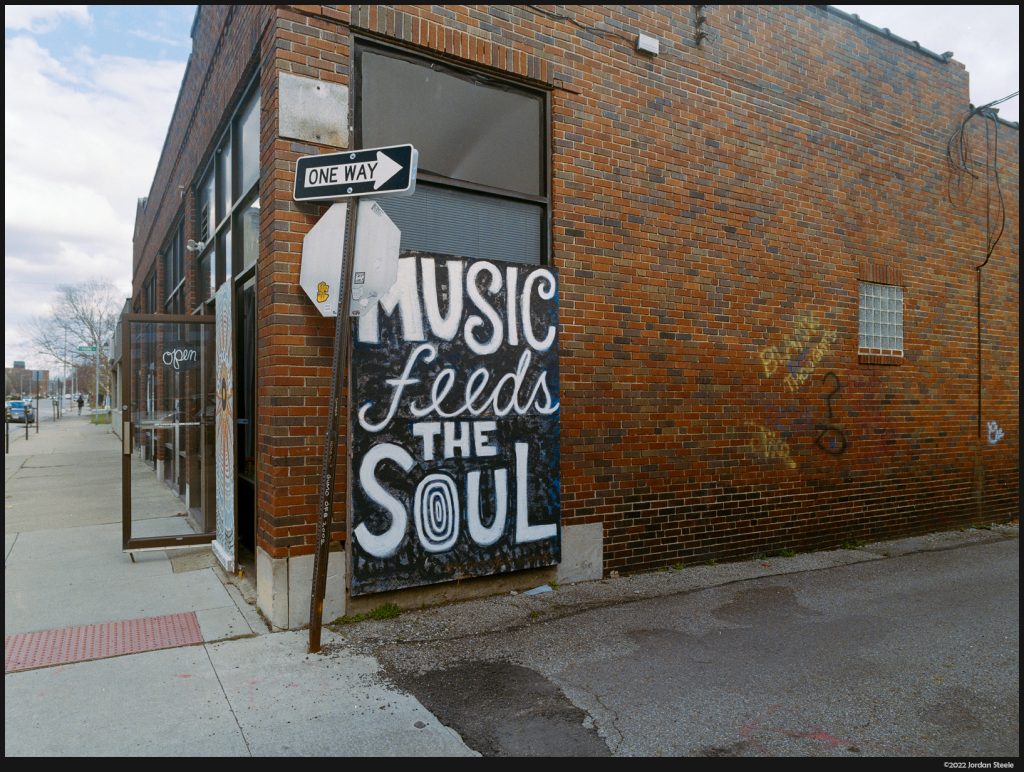
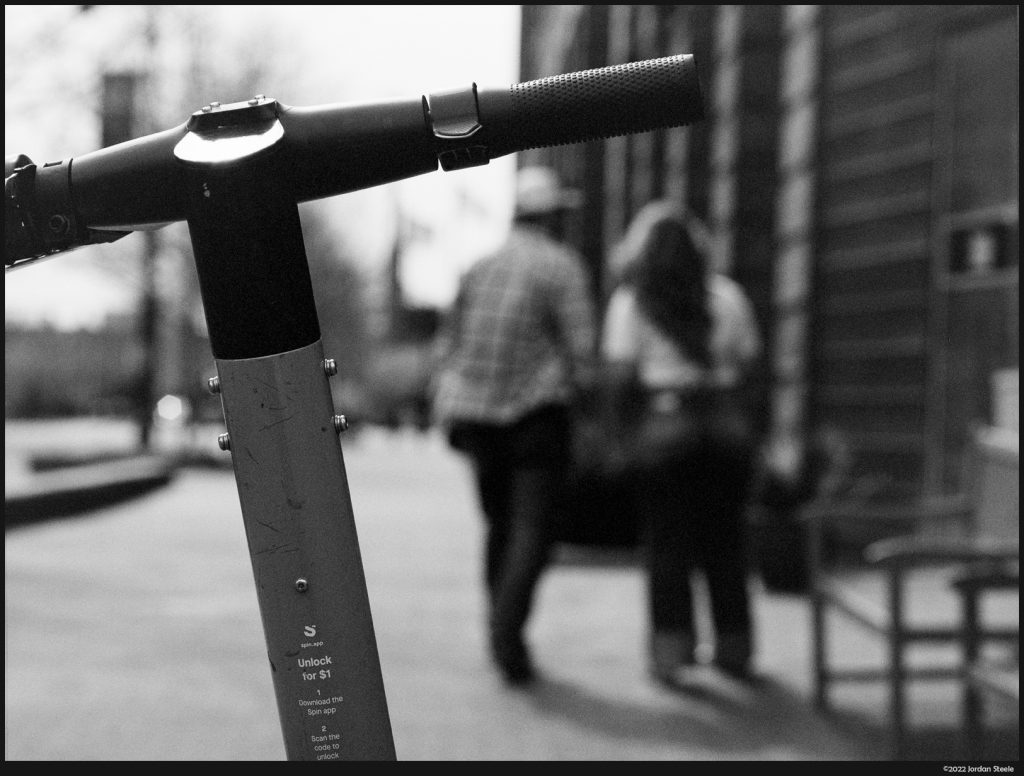

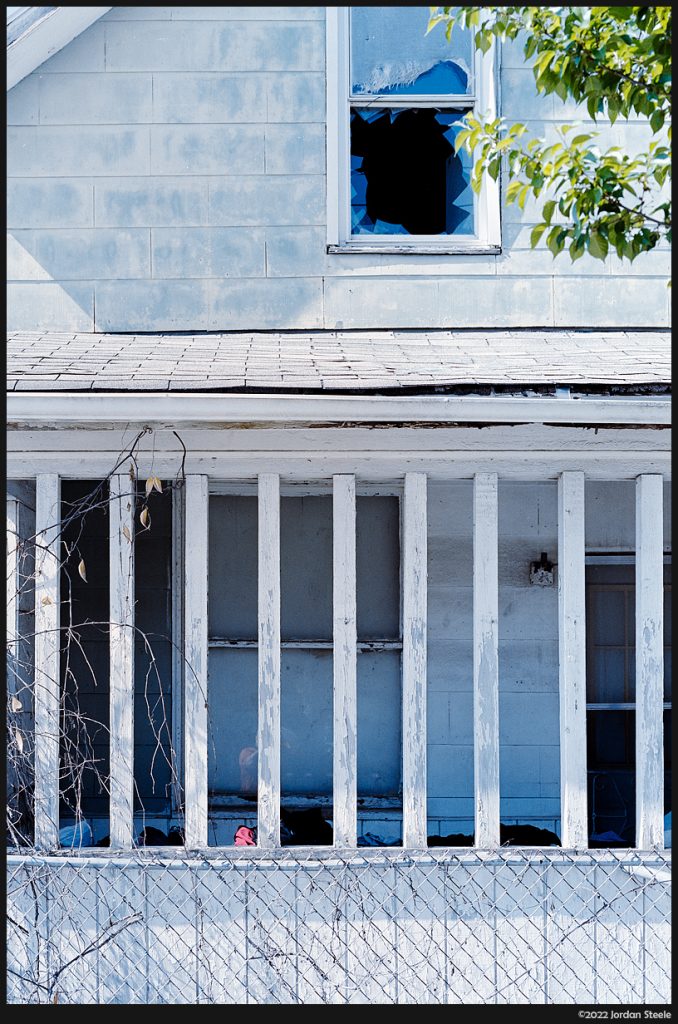
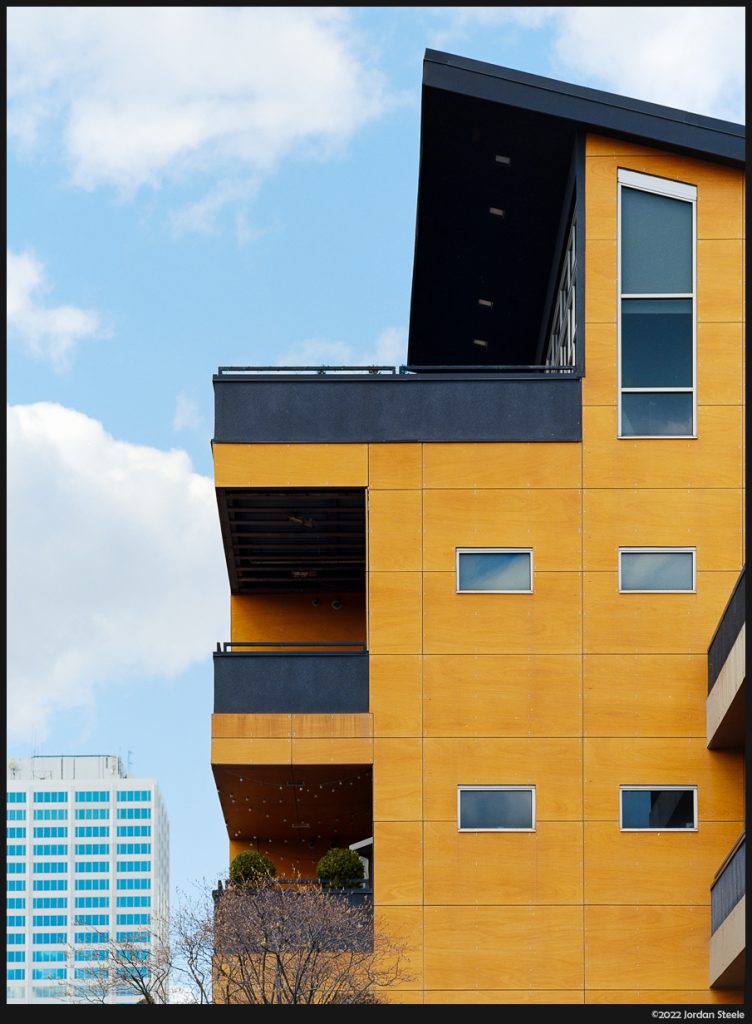
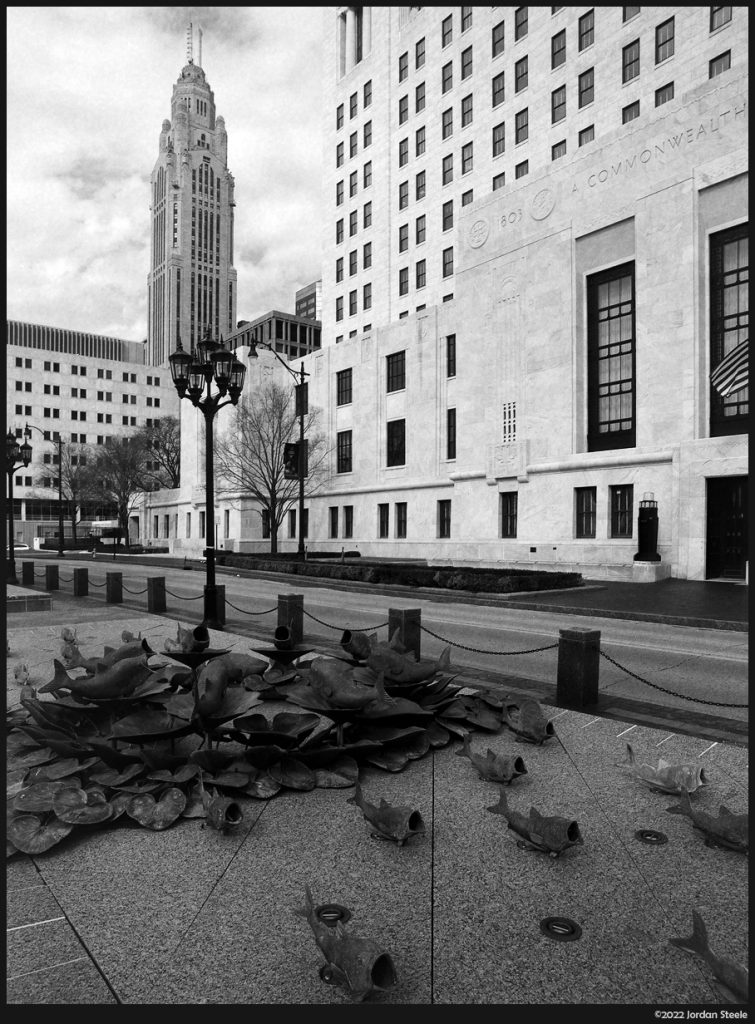

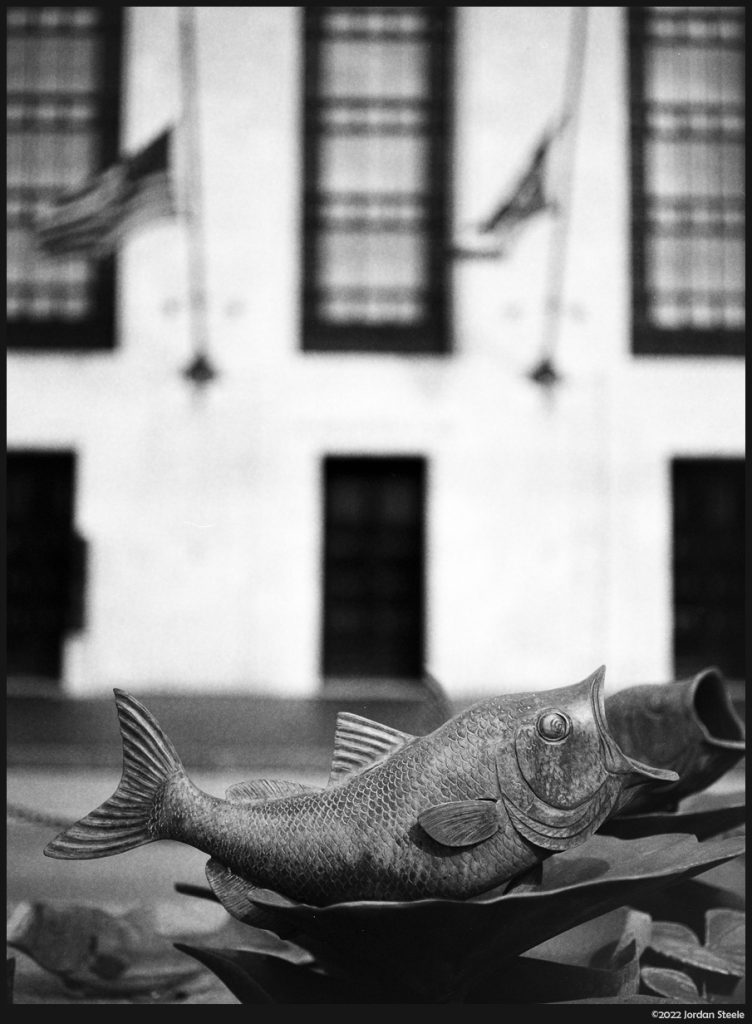
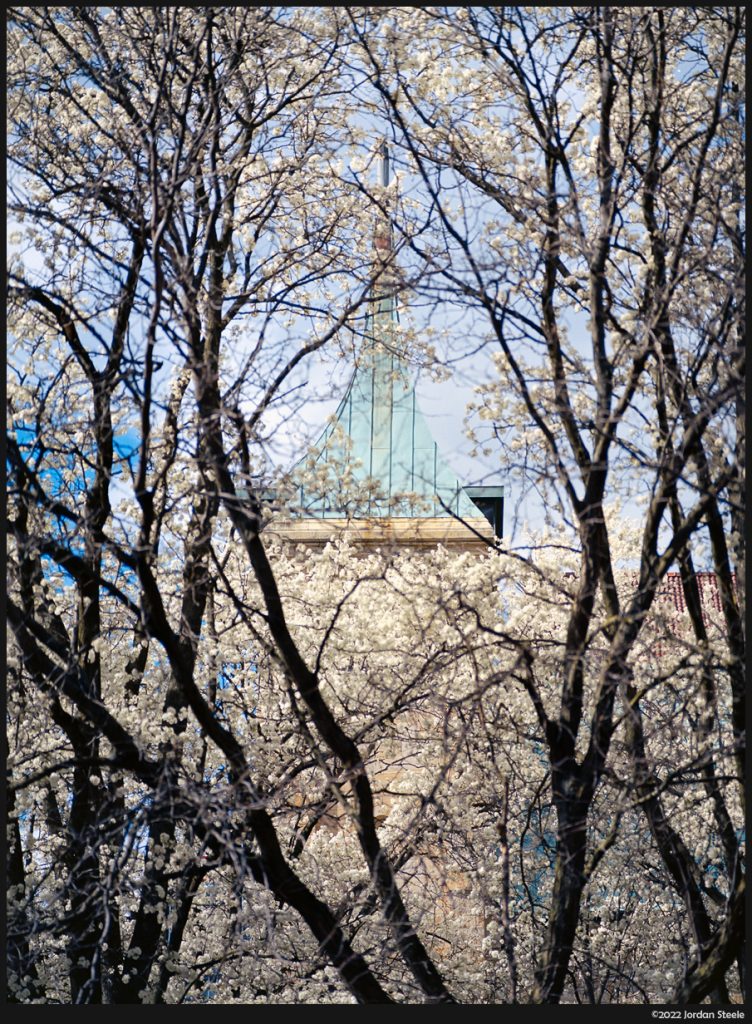
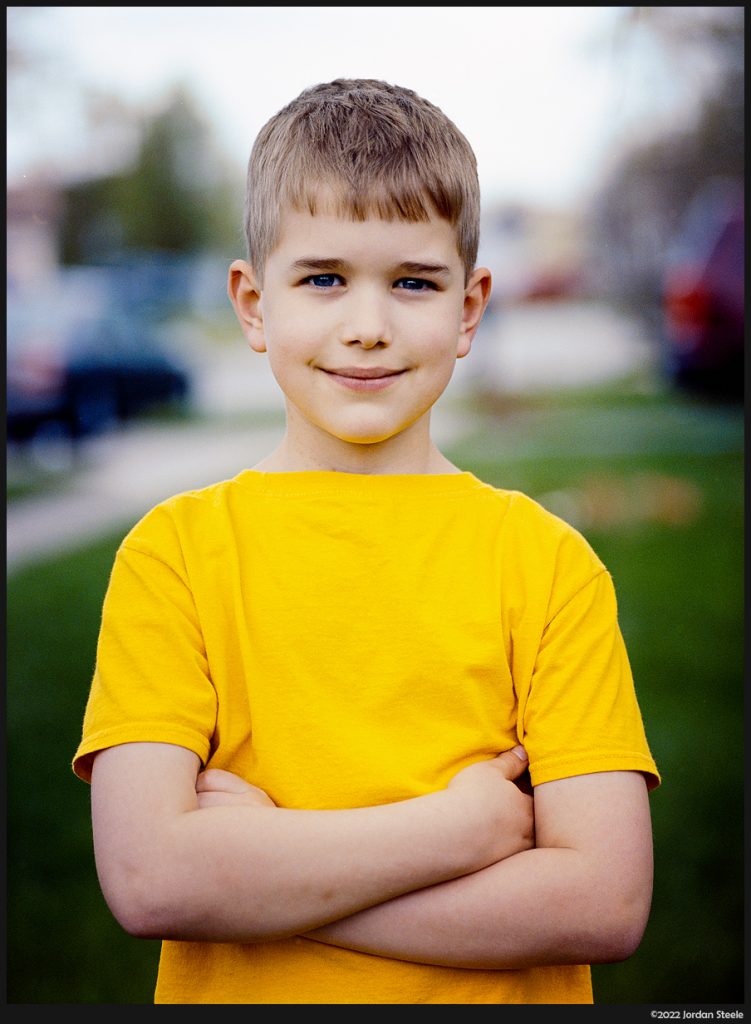





Leave a Reply